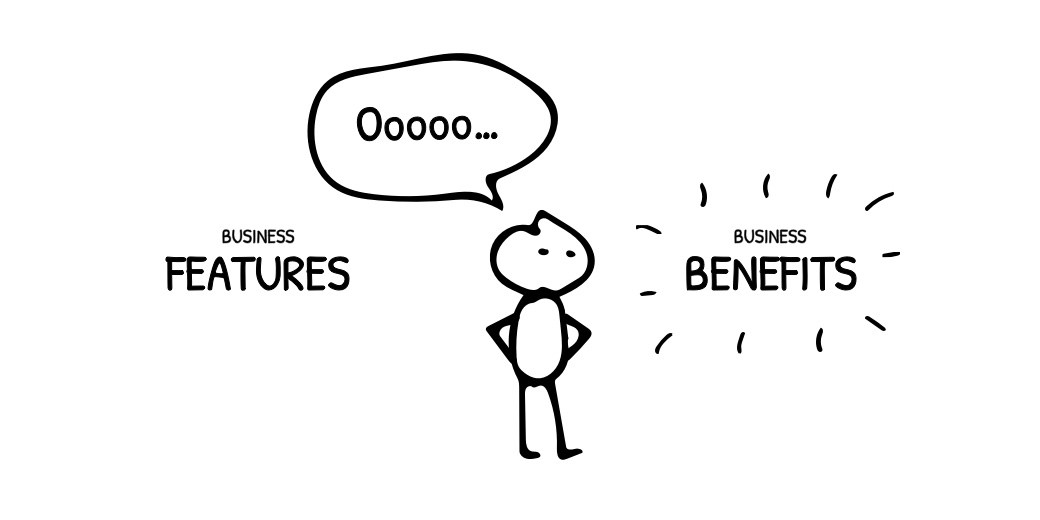My company, Map & Fire, recently finished an original study that looked at the marketing messages of 600 companies. The goal was to extract insights and patterns that could become best practices for other businesses.
The research focused specifically on each company’s website messaging.
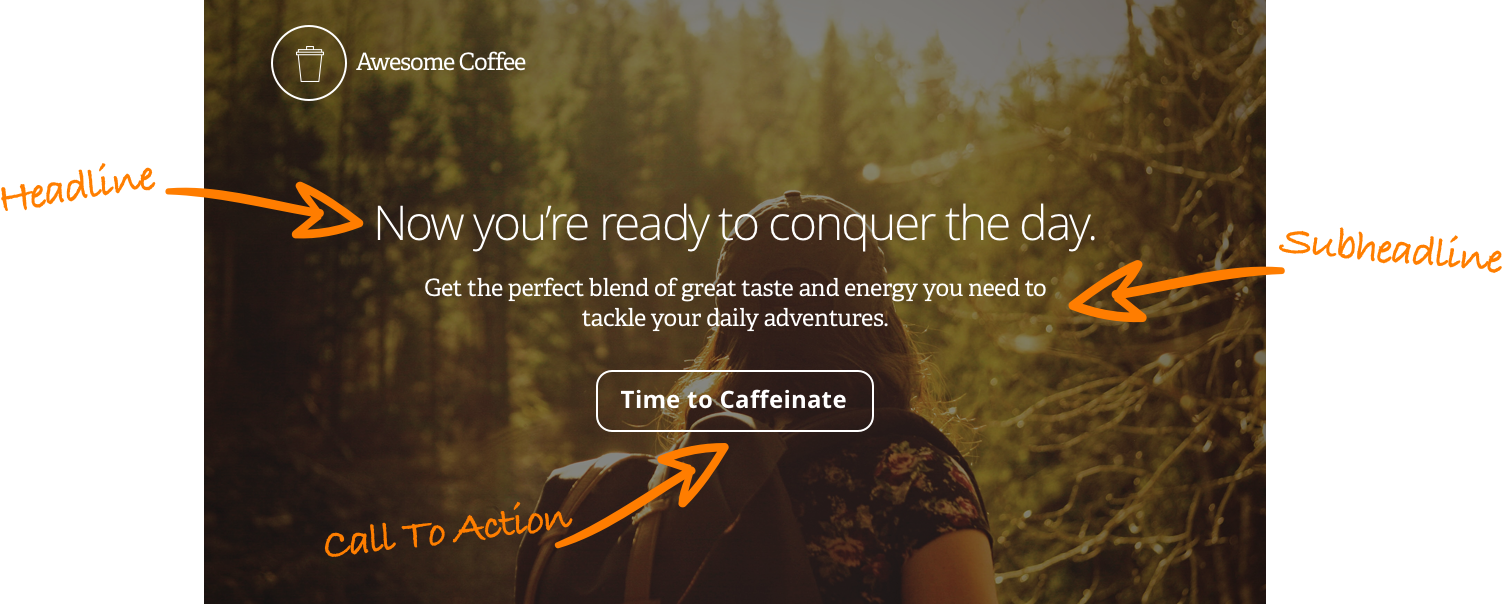
Of course, we don’t have access to every company’s analytics, so we needed another way to measure the effectiveness of that messaging. To do this, we used the website Product Hunt.
If you’re not familiar with Product Hunt, it’s a site where you can view and review new products every day. Users on the site can “upvote” products they like.
The ability to get upvotes depends on whether the company is able to engage an audience with what they created. It’s mostly independent of industry, company size, and maturity.
Each company just has to convey to the community that they created something valuable and hope they respond to it.
That’s really what marketing is all about.
You can read more details on our approach in the full study (click to get it free), but here are 4 quick takeaways.
1. Talk about the benefits you provide, not just the features.
Several good trends came out of this research, but this one jumped out:
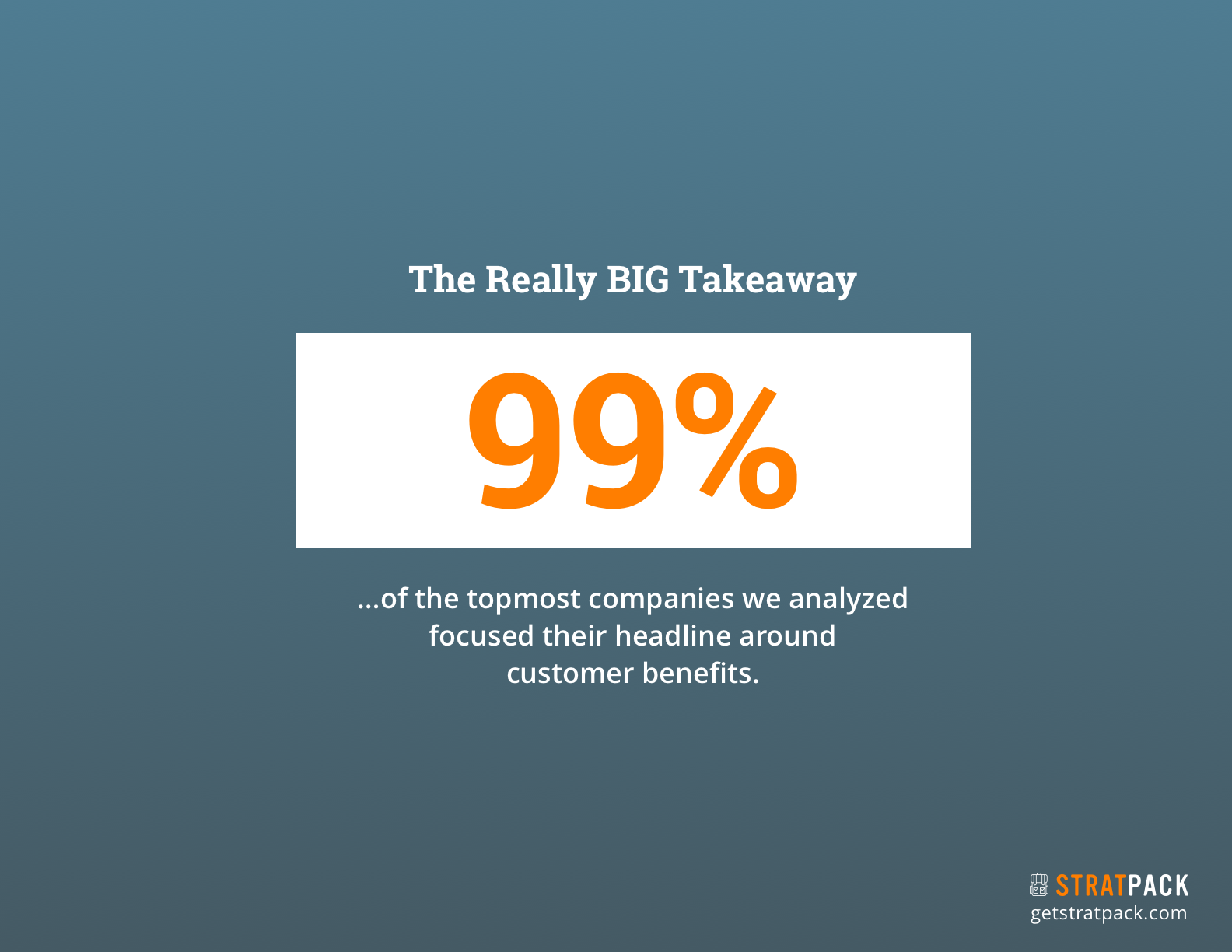
Spoiler Alert: this is the 2nd page of our study.
The reason benefit statements are powerful is that they put customers in the mindset of the value they’ll receive. It helps them to envision a better life. It’s designed to create an emotional connection.
When you focus on basic descriptions and features, you rely on the customer to do the heavy lifting. First, they have to understand what you’re offering, and then they also have to imagine how it benefits them.
This result aligns with everything we preach, but it was supported by a staggering 99% result in our Highest Vote companies. 115 out of 116 companies in this group used benefit-focused headlines. This is compared to just 35% in our Lowest Vote group.
2. Use all 3 messaging elements to engage customers
The 3 elements:
- Headline
- Subheadline
- Call to Action.
In our study, 90% of our Highest Vote companies use a headline. 78% pair a subheadline with their headline. 97% then use a CTA.
Compare this to the Lowest Vote companies where 92% use a headline, but only 63% use a subheadline and 78% have a CTA.
When you live and breathe your business, It’s easy to forget how little customers know about you when they first arrive at your website. In general, they know nothing. Zero.
We might think one quick statement is enough to summarize everything we provide. Or that the product or service just speaks for itself.

That’s probably not enough.
Use all the core messaging elements to communicate with new customers. Don’t trust that they’ll figure it out on their own.
3. Headlines should be short, but not too short
Based on other studies, the prevailing belief is that optimal headline length is about 6 words. Our results for the Highest Vote companies fell in line with that at 6.4 words on average.
The most popular headline length for our topmost segment was right at 6 words. The most popular for our lowest vote group was 4 words.
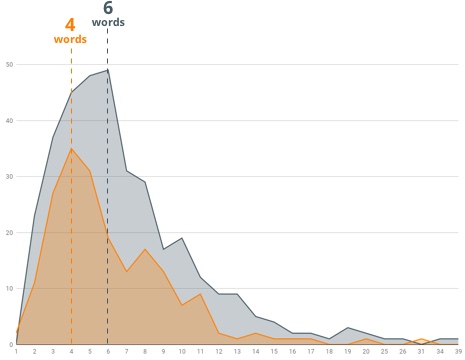
This highlights an opportunity, because if you go too short your statement could end up being broad or vague. An extra descriptor word here or there can help clarify and cement your value with a customer.
4. Subheadlines are longer but still, keep them succinct
Subheadlines are more of a wild west.
For the companies that use them, we saw lengths everywhere from a few words up to 70+ word paragraphs.
See this rambling behemoth from Gerber:
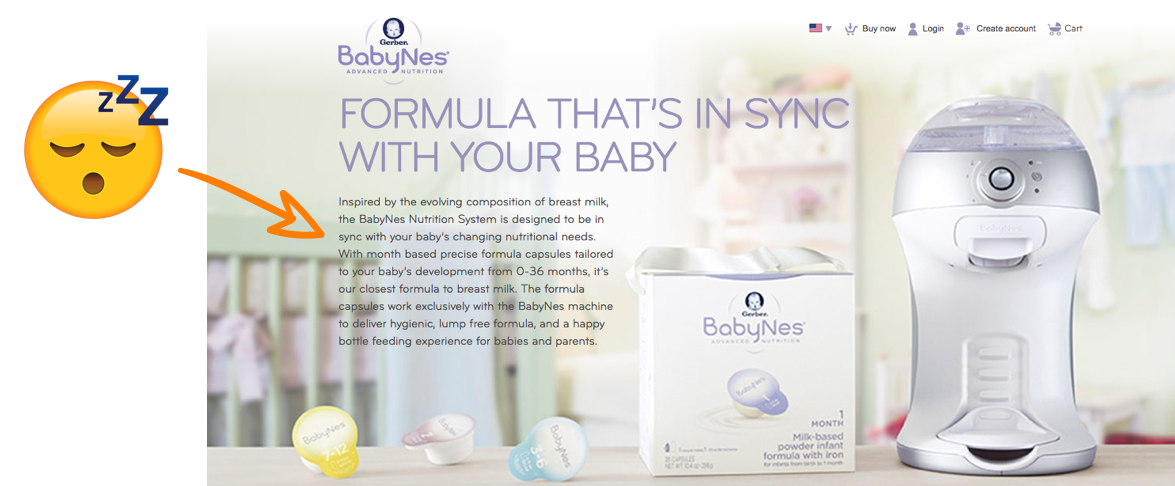
Getting your baby to sleep is great, putting your customers to sleep with rambling copy not so much.
Overall, The Highest Vote companies kept subheadlines to a short average of 16.5 words. This was 2.7 words shorter than the Lowest Vote companies at 19.2 words.
There’s a natural desire to talk about everything your company offers right away. But the reality is, longer messages are much easier for users to skim past.
Highlight a couple key features and then use supporting sections to provide extra details.
Get a free copy of the full study
There’s no magic bullet rule for every company’s messaging. Products and audiences vary, so you have to test to see what works best for your situation.
However, there are still trends around how people typically consume messaging that spans across different industries and offerings. That’s what these best practices aim to tap into.
If you want even more insights, download a free copy of the full study to learn about:
- Best practices on both word and character counts from all the companies
- Popular keywords used in headlines, subheadlines, and CTAs
- Examples of benefit vs. feature statements
- Additional examples of all the message elements that follow these guidelines
- And more! 🙂
Click here to get a free copy of the study!
Enough chitchat, see for yourself!
We’re always happy to answer questions about StratPack, but the best thing you can do is try it for yourself. Lucky for you, it’s totally free to get started, so give it a shot and see how fast and easy it is to create great messaging!

